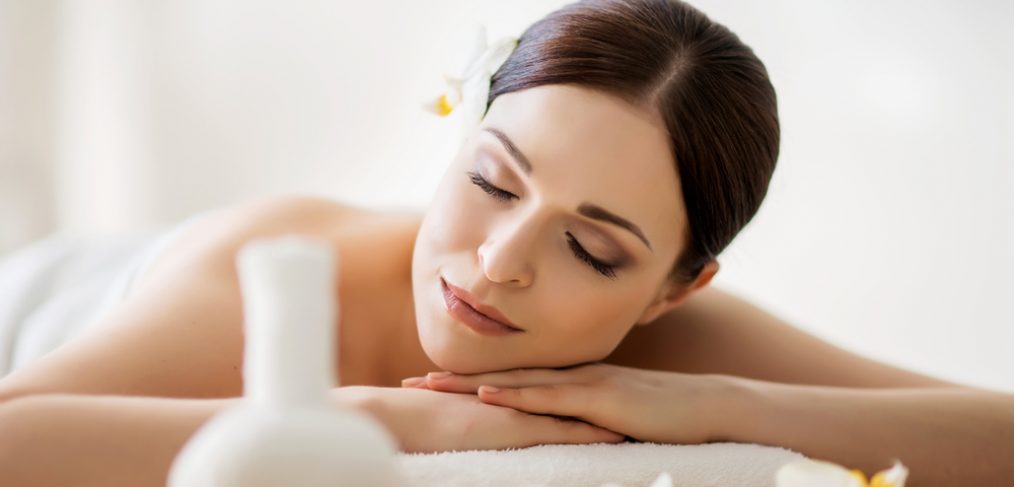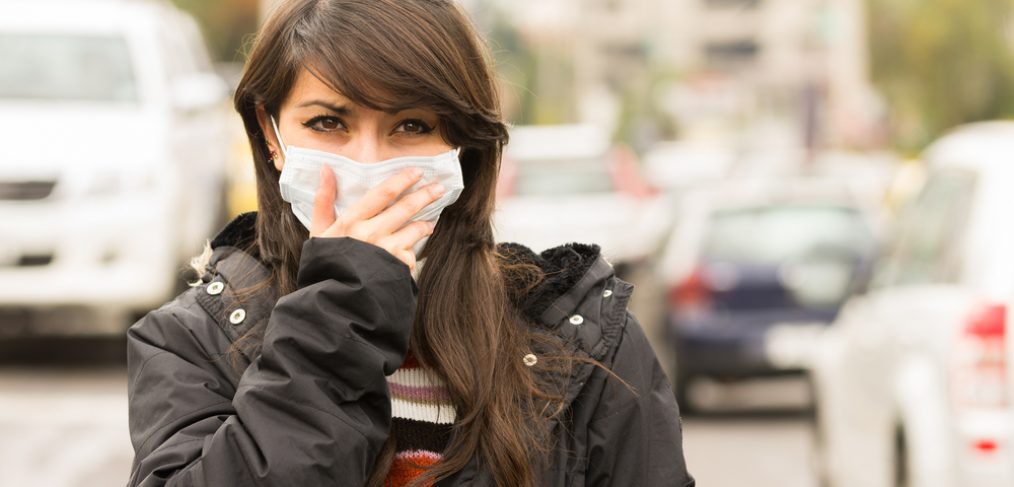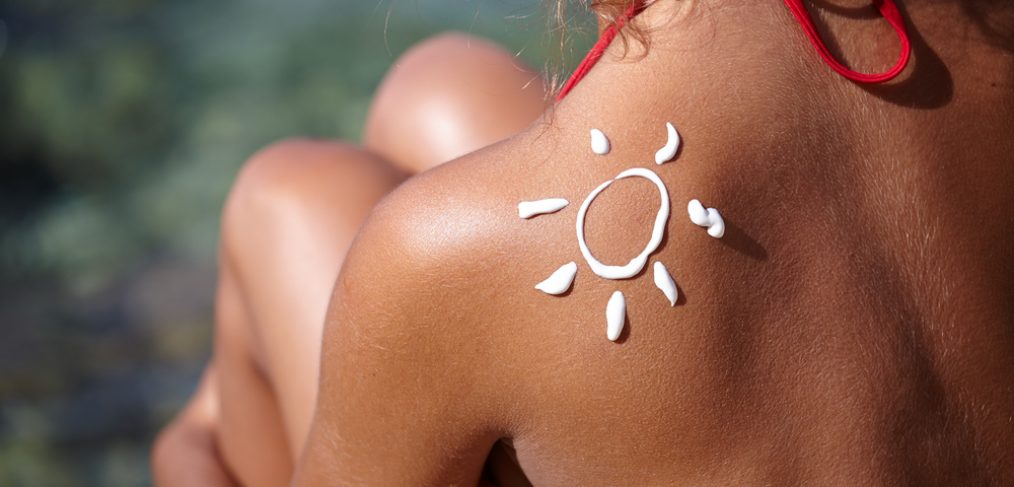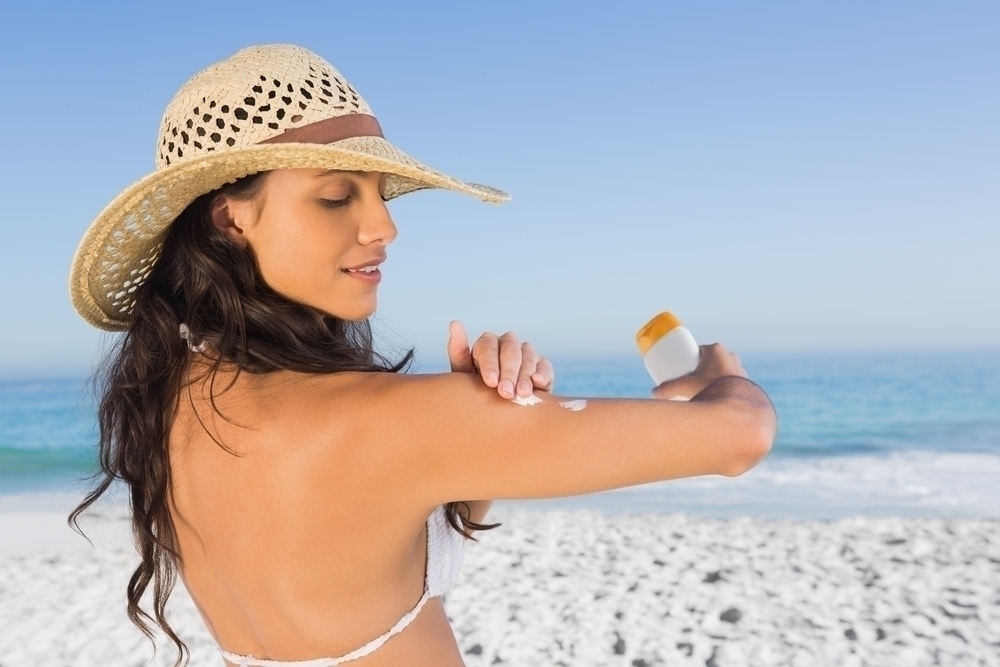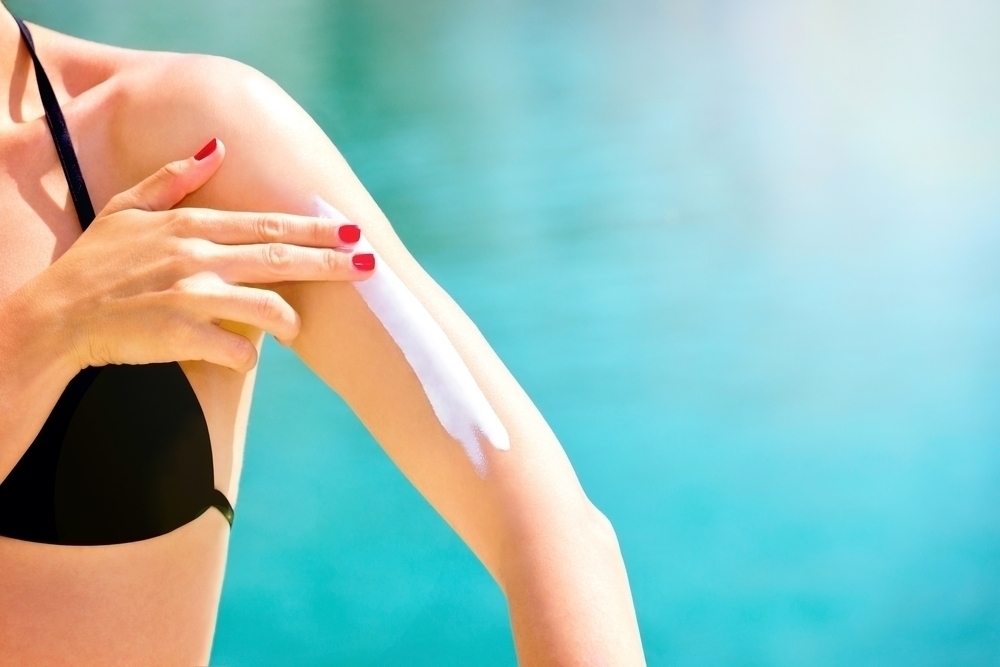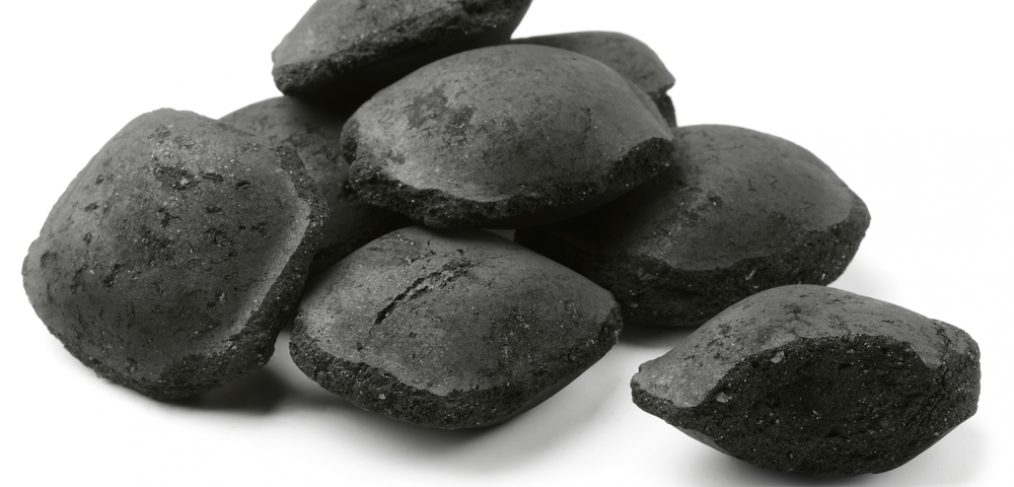Pollution can be a tricky issue to deal with, because, unlike other factors in your life, such as sun exposure and diet, the effects of pollution will not be immediately visible on your skin.
Nevertheless, your skin reacts to pollution in a number of different ways, and it is important to understand this in order to protect your skin as much as you can.
What Is Pollution and Where Does it Come From?
Simply put, pollution is when contaminants are introduced into a natural environment, and this is something that happens on a daily basis.
Every day, an increasing amount of microscopic specks of smoke, acid, soot and more are released into the atmosphere.
Where do they come from?
So many different sources, including cars, power plants, fires and more.

Air pollution is actually one of the most common types of pollution, with research showing that traffic pollution in particular may be the single most toxic substance for the skin.
As you can imagine, this is a greater problem in urban areas, and even rural areas that are nearby to them, as the wind carries and distributes pollutant particles.
Water pollution is another one that you need to be aware of. Again, this is caused by so many different things, from industrial waste to chemical run-offs to laundry detergents.
While there are other types of pollution out there, from noise and light pollution to thermal and radioactive pollution, it’s air and water pollution that you really need to focus on when it comes to your skin.
How Exactly Does Pollution Affect the Skin?
Pollution has been linked to a wide range of different health issues, from lung and heart diseases to diabetes and even to mental health. However, the effects that pollution has on the skin are only now being understood…
To begin with, pollutant particles are absolutely tiny, often up to 20 times smaller than the size of one of your pores.
As you can imagine, this means that once they settle on to the surface of your skin, it does not take long for them to work their way into your pores and infiltrate your skin’s different layers.
So, what do these particles do when they enter your skin?
They trigger inflammatory responses in a few different ways…
Firstly, they create free radicals, while depleting the body’s natural levels of antioxidants.
In a way, this is a two-pronged attack, because it is the antioxidants in the body that are key when it comes to fighting free radicals. With all of these extra free radicals, and a loss of antioxidants, your body, and your skin, are somewhat defenseless.
Free radicals not only accelerate the aging process, but they also severely damage the cells within the body, including the DNA within them, which then causes new cells to grow in a damaged way.
In fact, studies have shown that people who live in highly polluted areas age 10% faster than those who live in the countryside.
Another result of the inflammation caused by pollution is a stimulation of melanocytes, which are basically the cells responsible for your skin color. By over-stimulating these melanocytes, excess pigment is created, which results in what are known as age spots, or sun spots.
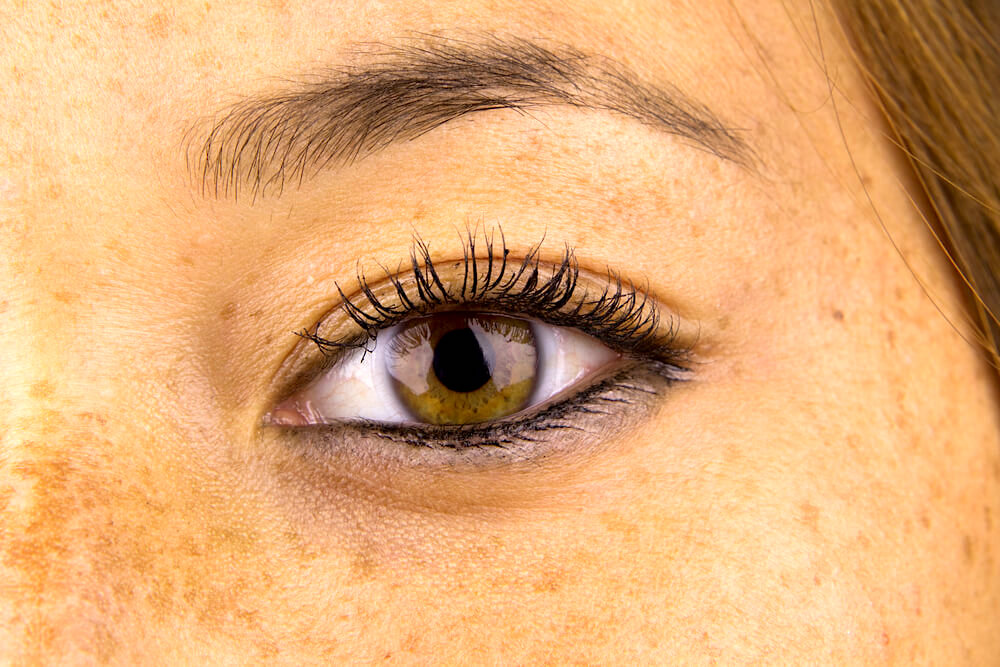
In some cases, environmental pollutants can be so harmful that they cause severe genotoxic stress, potentially leading to skin cancer.
The inflammation caused by pollution also expands the blood vessels in your skin, making them much more visible. This manifests as redness, and, in some cases, rosacea.
The collagen in your skin, which is basically your skin’s support system, giving it its firmness and smoothness, is also affected by pollution…
How?
Well, not only does pollution break down the collagen that is already in your skin, it also interferes with the production of new collagen. This then results in sagging skin, as well as fine lines and wrinkles. This is exacerbated by the fact that pollution starves the skin of oxygen, while drying up its natural oils, as dehydrated skin ages much faster than hydrated skin.
Another effect that pollution can have on the skin is hives. In fact, studies in Beijing, which is an extremely polluted city, have shown that there are direct correlations between spikes in air pollution and hospital visits for skin conditions, with hives being one of the main ones.
With pollution affecting so many different processes within the skin and body, everybody’s skin will react in its own way.
However, here are a few of the other skin issues that pollution can cause:
- Breakouts, similar to acne
- Skin allergies
- Rashes
- A dull complexion
- Dry and dehydrated skin
- Eczema
Protecting Your Skin From the Effects of Pollution
Now that you know about the damage that pollution can cause, you likely want to know about how you can protect your skin from this, while also reversing any damage that has already been caused.
Cleansing is one of the most important steps in your skin care routine when it comes to tackling pollution.
Why?
Because this will remove any environmental toxins from your skin, clearing away clogged particle matter.
For those who live in extremely polluted areas, a double cleanse may be worth considering, as this will ensure that all pollutants have been removed from your skin. While this may be the case, you do need to make sure that you are not overdoing it with the cleansing. Everybody’s skin reacts differently, so while some people may benefit from a double cleanse, others may find this too drying for their skin.
Exfoliating a couple of times a week is also vital. While cleansing clears away the pollutants on the surface of your skin, exfoliating will enable you to get even deeper, clearing out any pollutants that have already worked their way into your pores.
Exfoliation will also help any subsequent skin care products that you apply to better penetrate your skin, meaning that they will be able to work so much more effectively.
When it comes to the free radicals that pollution causes, one of the best ways to protect yourself from this is by increasing your antioxidant intake.
Wondering what makes antioxidants so powerful?
Well, they are able to donate missing electrons to free radicals, therefore neutralizing them and preventing them from causing damage to the rest of your skin cells.
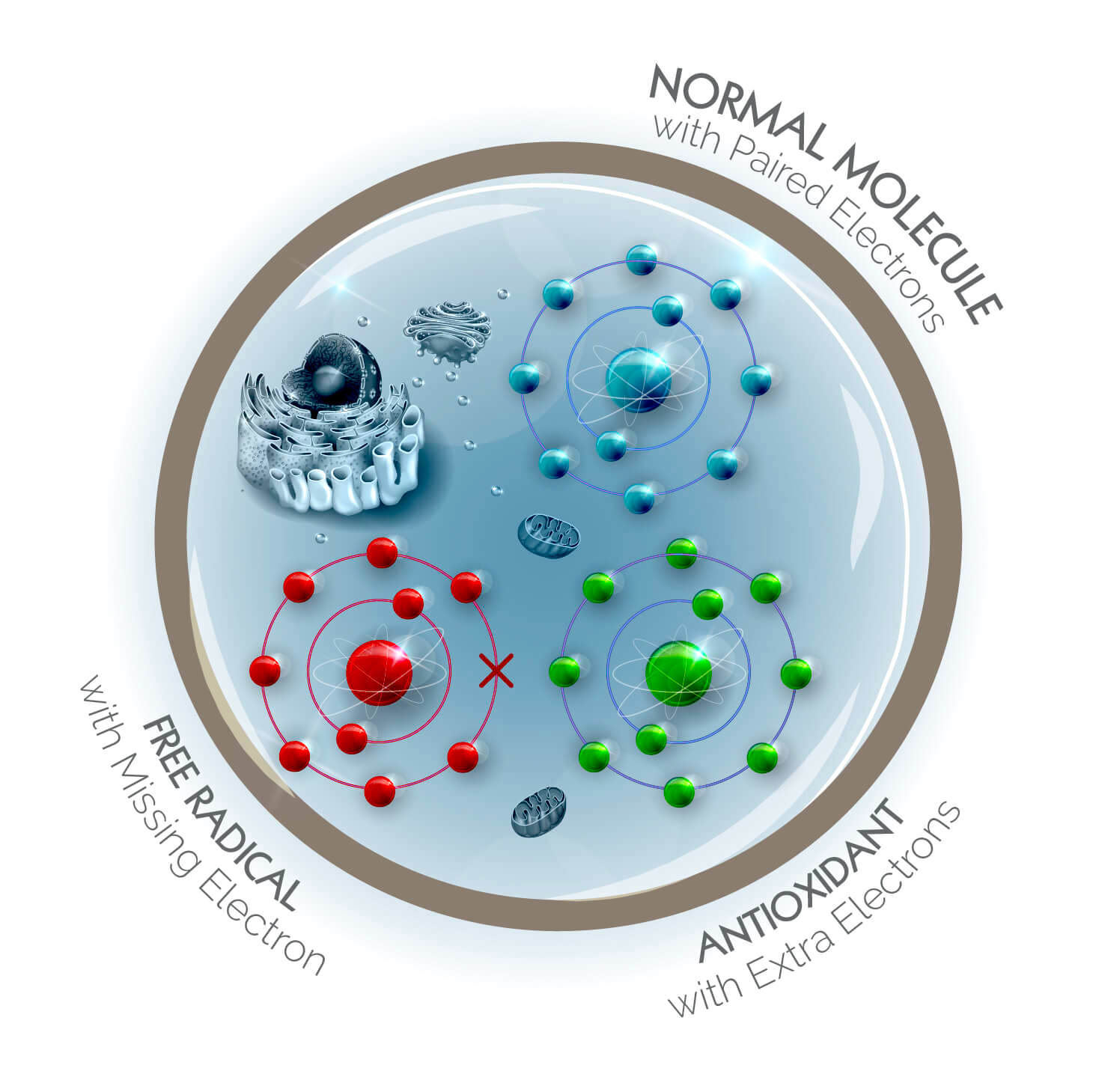
Antioxidants can be consumed, as well as applied topically. When it comes to topical antioxidants, your best bets are:
- Vitamin A
- Vitamin C
- Vitamin E
- Squaline
You are likely to find these antioxidants, as well as many more, in numerous skin care products.
In terms of foods that contain antioxidants, try to increase your consumption of the following:
- Fresh fruits and vegetables of a wide range of colors
- Green tea
- Oily fish
- Nuts and seeds
- Coffee
- Dark chocolate
- Herbs and spices
However, keep in mind that in order to maximize the effects that antioxidants have, you need to be providing your body with a wide range of them.
Why?
Because antioxidants work in conjunction with each other to heal and protect your skin, and single ingredients on their own will not have much of an impact in the end.
Another way to protect your skin from pollution is to strengthen your skin’s natural protective barrier.
This can be found on the outermost layer of your skin, and is not only important for keeping moisture locked in, but also for keeping environmental toxins out.
If you have a damaged skin barrier, then the effects of pollution will hit you so much harder.
So, how do you go about protecting and strengthening your natural protective barrier?
To begin with, you need to be moisturizing daily. Moisturizers are designed to form a thin film over the surface of the skin, therefore, in a way, creating their own barrier. Moisturizers will also keep your skin hydrated, which is essential for your natural protective barrier to thrive.
You should also be paying close attention to the ingredients in the skin care products that you use.
Why?
Because harsh ingredients will strip your skin of its natural oils, leaving your protective barrier vulnerable. Many ingredients can also have an alkalizing effect on your skin, meaning that they alter your skin’s delicate pH balance, disrupting all the natural processes that your skin goes through.
Your diet can also have an impact on your skin’s natural barrier. Ceramides, as well as essential fatty acids, both do so much to strengthen the barrier, and while these can both be consumed through your diet, obtaining enough to actually protect your skin from the damaging effects of pollution can be difficult.
So, what can you do about this?
Well, in addition to using skin care products that contain both of these ingredients, you could also consider taking oral supplements for both. These will be absorbed by the skin from within, and have been proven to have a significant effect in just a couple of months.
Of course, sunscreen is also vital. While you may be focussing on fighting pollution rather than the sun, the sun’s UV rays will damage your skin’s barrier, making sunscreen essential.
For those who live in areas that are extremely polluted, it would be worthwhile listening in to your daily weather forecasts. On the days when meteorologists call for high amounts of smog or low air quality conditions, try to stay indoors as much as possible, and wear clothes that completely cover your skin when you have to head outdoors.
If you use air conditioning in your house, you should also make sure that the filters are kept clean, so that they do not end up trapping pollutants and blowing them into your home.
What About People Who Live in Rural Areas?
If you live in a rural area, you may think that your skin is safe from the effects of pollution, but this is not at all true…
As mentioned above, pollution particles are incredibly tiny, meaning that, even with a small gust of wind, they can spread further than you would imagine.
This means that nobody is safe from the effects of pollution, no matter where you live.
While you may not need to be quite as diligent when it comes to protecting your skin from pollution if you live in a rural area, you will still need to take at least a few of the steps mentioned above.
Don’t Forget About Indoor Pollutants
In addition to all of the pollutants outdoors, you need to also remember that indoor pollutants will also damage your skin.
Where do indoor pollutants come from?
A variety of different sources:
- Stoves
- Fireplaces
- Particles from pressed wood products
- Foam insulation
In addition to following the steps above to protect your skin from pollution, you should also be taking a few extra measures to reduce the damage that indoor pollutants can cause. These include improving the ventilation in your home by allowing more fresh air to flow through, while keeping the humidity relatively low.
Anti-Pollution Skin Care
With the effects that pollution has on the skin being more and more recognized, skin care companies are now investing heavily into researching ways in which they can create products that will protect the skin.
There are already a few of these products out there, with many containing high levels of niacinamide, also known as vitamin B3, since this is quite effective at combatting pollution damage.
However, researchers are currently looking into ways in which they can create products that actually block this damage from occurring in the first place. One molecule that is able to do this has already been found, and is being registered as a cosmetic ingredient, meaning that this will soon make its way into skin care products in the next few years.
Pollution is something that everybody has to deal with, no matter where in the world you may live. While pollution has been proven to have severely detrimental effects on the skin, in a number of different ways, there are, fortunately, steps that you can take to protect yourself from this, and you should really try to do this as much as possible.





